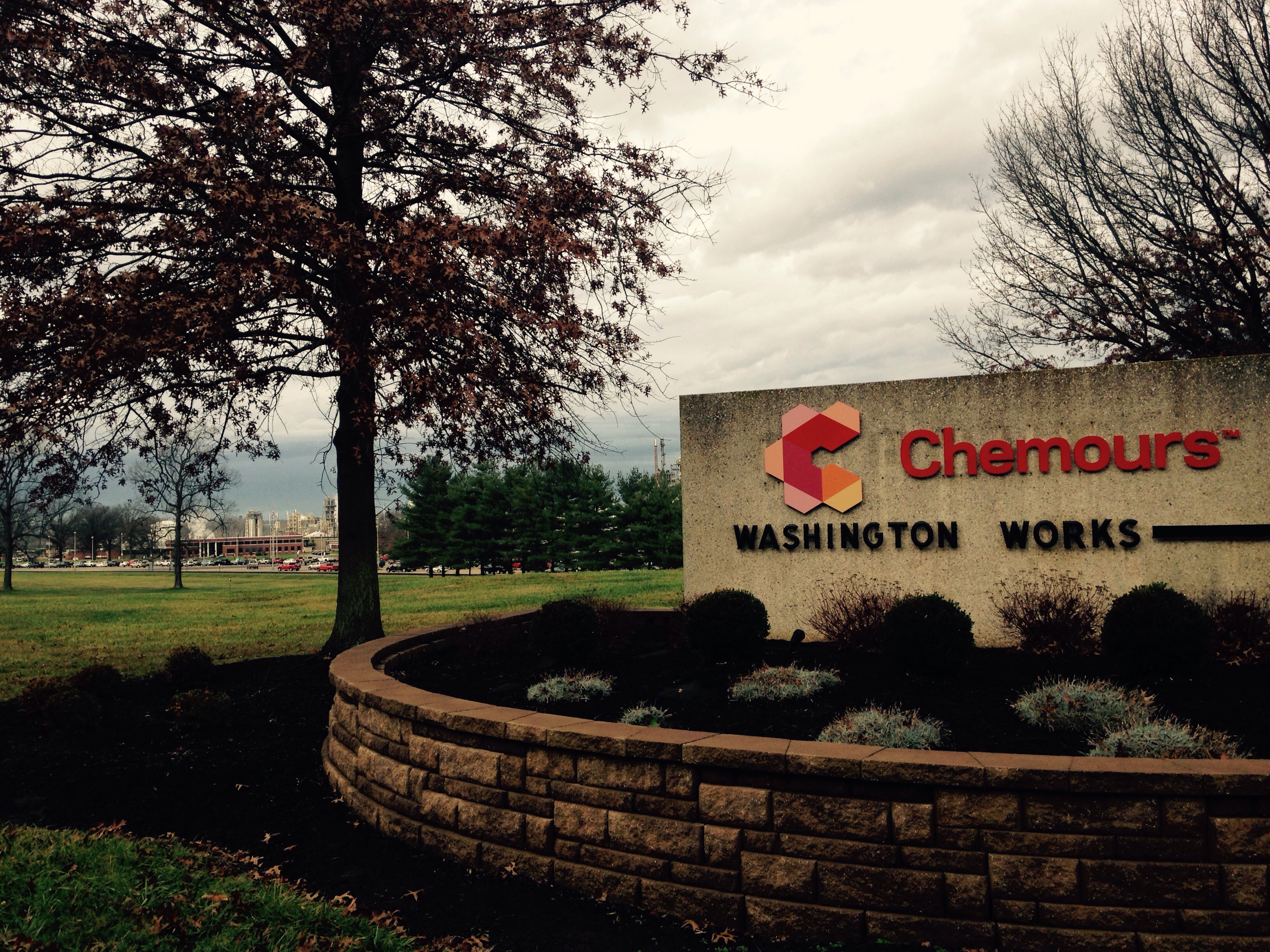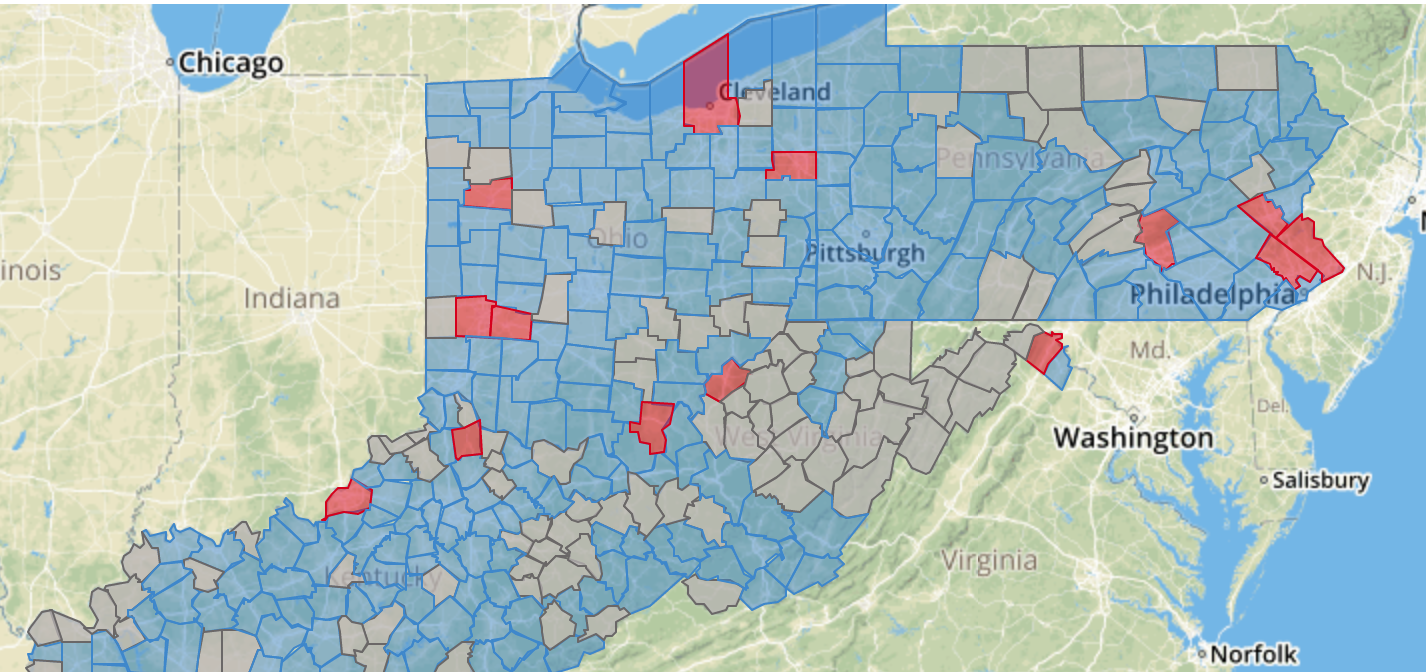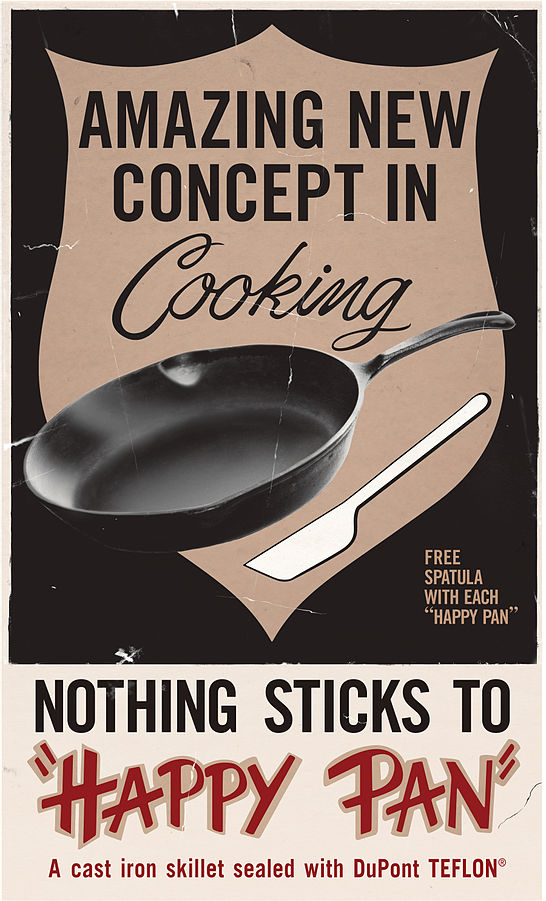News
DuPont Offers $670M Settlement For “Teflon” Chemical Contamination Of Water
By: Glynis Board | Ohio Valley ReSource
Posted on:
The chemical giant DuPont made an offer Monday to pay more than half-a-billion dollars to settle water contamination lawsuits pending in federal court.
3,550 plaintiffs from the mid-Ohio Valley filed suit claiming contaminated drinking water led to diseases linked to chemical exposure. The chemical they were exposed to is known as C-8, or PFOA, and is used in Teflon and other products. More than a decade ago residents near the company’s Washington works plant in Wood County, West Virginia, learned that their water was contaminated with C-8, and had been for years.
Juries hearing the first three cases found for the plaintiffs, awarding a total of more than $18 million in compensatory and punitive damages. Now DuPont and a spin-off company, Chemours, have agreed to pay a total of $670.7 million to settle all the suits, with each company paying half the amount.
Rob Bilott, one of the lead lawyers for the plaintiffs, is pleased with the settlement offer.
“This is a tremendous positive step toward resolving the litigation in a way that provides compensation for our injured clients without the need for additional, lengthy, and expensive trials,” Bilott said. “We look forward to working with DuPont to finalize this settlement and get these injured class members paid as quickly as possible.”

The companies also have agreed to pay up to an additional $50 million a year for the next five years for any additional claims that might arise.
“This agreement provides a sound resolution for area residents, Chemours, and the public,” said David Shelton, Senior Vice-President, General Counsel & Corporate Secretary for Chemours. “It settles all indemnification obligations between Chemours and DuPont for all of the approximately 3,500 claims in the Ohio multi-district litigation and allows us to move forward with a renewed focus on our customers, product innovation and application development.”
Both companies continue to deny any wrongdoing.
DuPont phased out U.S. production of C-8 several years ago. Now it’s made in China. Although it’s still a widely used compound found in non-stick cookware, stain-resistant fabrics, and food wrappers here in the U.S.
A Chemical Legacy
For more than half a century along the Ohio River, DuPont provided jobs for thousands of people. One chemical they produced is PFOA, commonly known as C-8. It was a remarkably useful compound, used in “Teflon” non-stick cookware, stain-resistant fabrics, and even in some food wrappers.
Over time, researchers have found that C-8 is also toxic. DuPont and other companies phased out U.S. production a few years ago. Now it’s made in China.

Explore your region’s water supplies now >>
The contamination in this region eventually lead to a class action lawsuit that resulted in a broad medical study of affected residents beginning in 2005. Over 30,000 community members were involved. The study linked C-8 to multiple health problems from cancer to reduced immune function. A series of additional health studies followed, and further proved that chemical compounds like C-8 are dangerous, even in small doses.
The medical testing of residents paved the way for lawsuits and the settlement agreement announced this week. But the studies also raised questions about what the chemical might do to people who are ingesting the chemical in very tiny amounts in drinking water.
Far-Reaching Concerns
Because the chemical can persist in water, communities along the Ohio River — and around the U.S. — are still grappling with the environmental fallout of contamination from C-8 and similar chemicals. The ReSource generated a map using water testing data available from the U.S. EPA. It shows 12 water systems in 10 counties in Ohio, Kentucky, and West Virginia where these chemicals were detected in the water.
The Environmental Protection Agency issued a health advisory in 2016 for C-8 levels in drinking water, and many of the water systems that detected C-8 and related chemicals found them at levels lower than the EPA advisory. EPA officials say the C-8 advisory levels were calculated to protect fetuses during pregnancy and breastfed infants, and was based on “the best available peer-reviewed studies.”
However, a growing body of science indicates that the EPA advisory level is not sufficiently protective of human health, and many researchers recommend far more restrictive thresholds for exposure.

Dr. Philippe Grandjean of Harvard’s School of Public Health, an expert on health effects of perfluorinated chemicals like C-8, says the EPA’s advisory doesn’t go far enough. One of his latest studies looks at long term effects of these chemicals on the immune systems of exposed children.
Last year a coalition of scientists from around the world called for limits on C-8 production altogether. Health officials in New Jersey are suggesting that C-8 levels should be five times lower than what EPA advises (at about 14 parts per trillion). Grandjean’s work and other scientific studies have recommended an acceptable level of 1 part per trillion, which is what the European Union recommends for surface water.
Many of the water systems that detected PFOA or similar chemicals found levels that fall somewhere in a range below EPA’s health advisory but well above what scientists such as Grandjean have recommended. These communities include: Louisville and part of Pendleton County, in Kentucky; Gallia County, Ohio; and Parkersburg, West Virginia.

